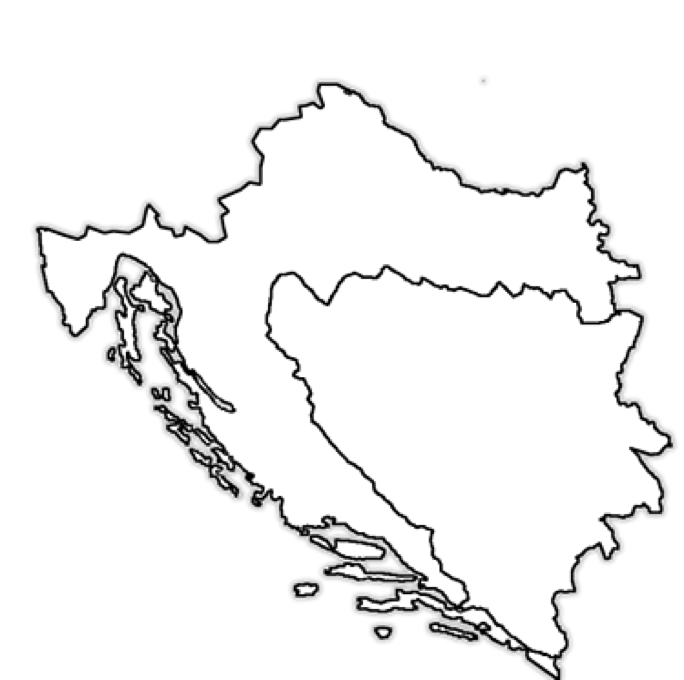



Zagreb
CROATIA
Rovinj
Plitvice
Lakes
Pula
BOSNIA &
HERZEGOVINA
Split
Mostar
Dubrovnik


Sarajevo

© 2025 Robyn Helzner/RAH Productions




Zagreb
CROATIA
Rovinj
Plitvice
Lakes
Pula
BOSNIA &
HERZEGOVINA
Split
Mostar
Dubrovnik


Sarajevo

© 2025 Robyn Helzner/RAH Productions